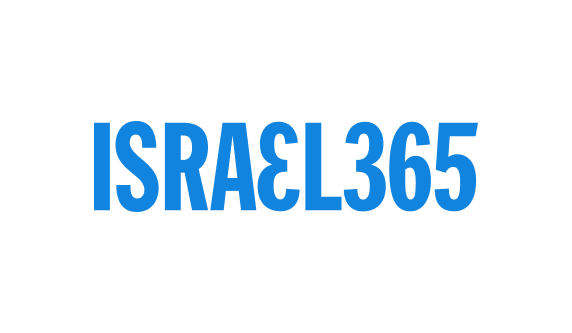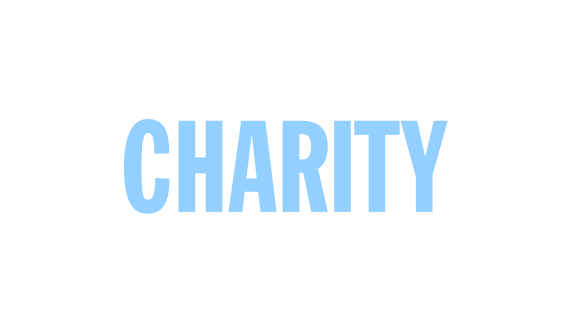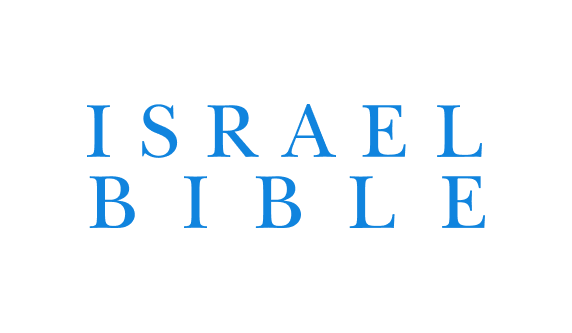Between 1962-1967, Rav Soloveitchik addressed the conventions of the Mizrachi movement. Speaking in Yiddish, the Rav explained that the Israeli flag is infused with Kedusha:
The blue and white flag, soaked with the blood of thousands of young Jews who fell in the War of Independence, protecting the Land and settlements (religious and nonreligious, for the enemy, yemach shemam, did not distinguish), has a spark of sanctity that flows from devotion and self-sacrifice. We are all enjoined to honor the flag and treat it with respect.
In this moving description of the sanctity of the Israeli flag, we can deduce the two essential ingredients of Kedusha: “devotion and self-sacrifice.” These two qualities are featured in both our haftara (Isaiah 43:21-44:23) and parsha.
There is a Hebrew word repeated several times in the haftara for Parshat Vayikra, (Y-TZ-R) “to create.” Hashem declares in the opening verse, “The people I formed (“yatzarti”) for Myself that they might declared My praise” (43:21). This shoresh appears several times in the middle of the haftara (44:2, 44:9, 44:10) and again in one of the final verses: “I fashioned you (“yitzartikha”), you are My servant – O Israel, never forget Me” (44:21).
Creation is certainly a major theme of Sefer Bereishit and the formation of the Jewish nation is a central topic in Sefer Shemot. It is therefore surprising that the Haftara for Parshat Vayikra repeatedly mentions the Hebrew word (Y-TZ-R). What does creation have to do with Sefer Vayikra?
In fact, Vayikra, which outlines the laws of the sacrifices and the nuances of Taharah, deals with the development of the Jewish people’s unique character as a holy nation. Read together, the haftara and the parsha illustrate the lofty heights of holiness we are meant to achieve as a nation while warning against the abrogation of our role as a Goy Kadosh, or “holy nation” (Shemot 19:6).
Vayikra begins the discussion of Korbanot by emphasizing that when offering a sacrifice it must be “mikhem”, “from you” (Vayikra 1:2). The Ramban elaborates (1:9) that when bringing a Korban, we should view our entire selves – mind, body and soul – offered on the altar for Hashem in an act of complete devotion. He writes, “it would be fitting that a person himself should spill his blood and offer up his body, but for the kindness of the Creator who took a substitution with this animal, whose blood is instead of his blood, the animal’s soul instead of his soul.”
In his description of the highest level of personal achievement, the Mesilat Yesharim explains that Kedusha requires complete devotion to Hashem. According to R’ Luzzatto, holiness “consists in one’s completely separating and removing himself from earthiness and clinging always, at all periods and times, to his God.”
With this in mind, we see how depraved Bnei Yisrael became in their worship of Avodah Zarah described in our haftara. As Yeshayahu describes, the Jewish People were fully dedicated to their idols, even persevering through hunger, thirst, and exhaustion (44:12). In addition, they dedicated all their physical resources to idol worship (44: 15-17). The Jewish people had taken this important aspect of kedusha–the complete dedication of one’s body and wealth–and used it for the most unholy of purposes.
Holiness is an all-encompassing endeavor, that cannot exist partially. As the Talmud rules (Temura 11b), if a person tries to sanctify part of an animal, the Kedusha automatically spreads to the entire animal, and Tosafot (Kiddushin 7a) adds that this all-encompassing feature is part and parcel of the nature of Kedusha–there cannot be partial kedusha.
Just as the sacrifices symbolize completely immersive devotion, the Sages recognize a similar quality in the land of Israel. The Talmud (Ketubot 111a) records two midrashic interpretations of the power of Israel to atone for sins. The first states that “one who is buried in the Land of Israel is as though he is buried underneath the altar.” Even in life, however, Eretz Yisrael provides the greatest opportunity for this complete devotion and connection to Hashem, as the gemara adds “whoever lives in Eretz Yisrael lives without sin.”
As we enter Sefer Vayikra, we are reminded of the ultimate sacrifice that many Jews have made throughout our history, fighting and dying al kiddush Hashem. The complete devotion of the Jewish warriors in the battle for the State of Israel bestows its flag with kedusha. This perspective should also challenge us, those who merit being immersed in the holiness of Eretz Yisrael, to take advantage of the unique opportunity to experience the greatest levels of holiness.
Rabbi Tuly Weisz is the director of Israel365 and editor of “The Israel Bible,” and Rabbi Dr. Ethan Eisen is a psychologist and a new Oleh to Israel, as well as a rebbe in Yeshivat Lev Hatorah. Please send comments to Haftarah@TheIsraelBible.com






